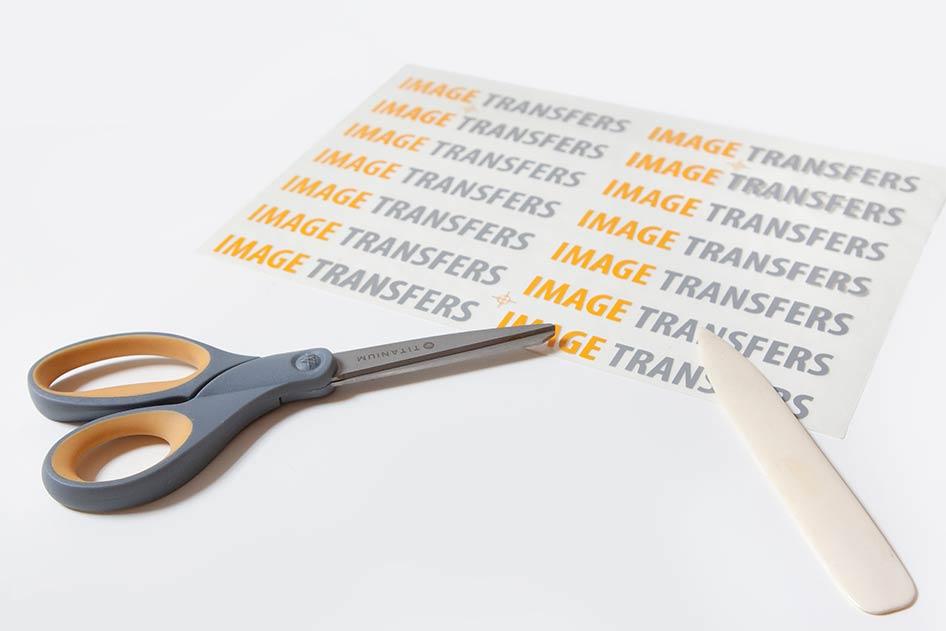Product prototypes can be crucial in industrial design and getting it right with every detail matters. Dry transfer decals for lettering and detailing are popular because they look great and apply easily. If you've never tried a rub-on transfer, take it from the industrial design community and order one. They're a vast improvement over water-slide decals because no visible carrier media is left behind, and they are also superior to stick-on vinyl lettering. Rub-on transfers give a painted-on appearance. You won't find a better method for small and medium size applications than custom dry transfers.
Are there surface prep requirements or limitations with rub-down transfers? You need only apply the decals to a clear, smooth indoor surface. It can be wood, plastic, glass, metal, or a wall. Regardless of the application spot, it remains a one-step process that nearly anyone can handle. No special knowledge or training is required. If you need to delegate the application process to others, including junior assistants, it's something most will be able to handle. The decals are produced directly from your digital files, which means no last-minute surprises; what you design is what you'll receive.
Dry transfer decals also straddle the line between pre and post-digital revolution. They are a perennial favorite that was not replaced by a digital solution. What's been updated is the design and submission process which now takes place electronically. But the decals remain adhesive-backed lacquer ink and look as good as ever. If you're working on prototypes for a trade show booth, you can use the same decals for product details as you do for signage within the booth. There's no beating the appearance of rub-on transfers for small and medium size interior signs. They always look professional.
Need color lettering for your product prototypes? It's never an issue when you use dry transfers. They are available in any color. You can also order metallic and foiled looks if unique effects suit your project. When you need to customize a look and match the appearance of final manufactured products, few options can rival the quality of rub-down decals. The stress of deadlines is also eased when you use a method that applies easily and goes on correctly the first time. There's no fumbling with water or adhesive that could damage the surface of your prototype – less stress throughout the process.


